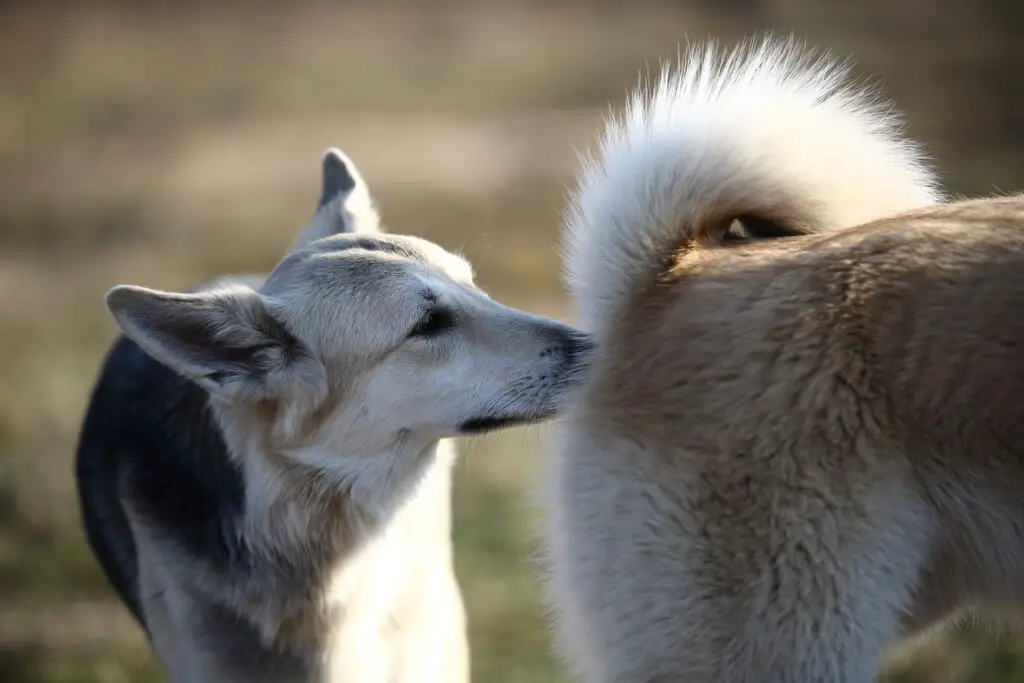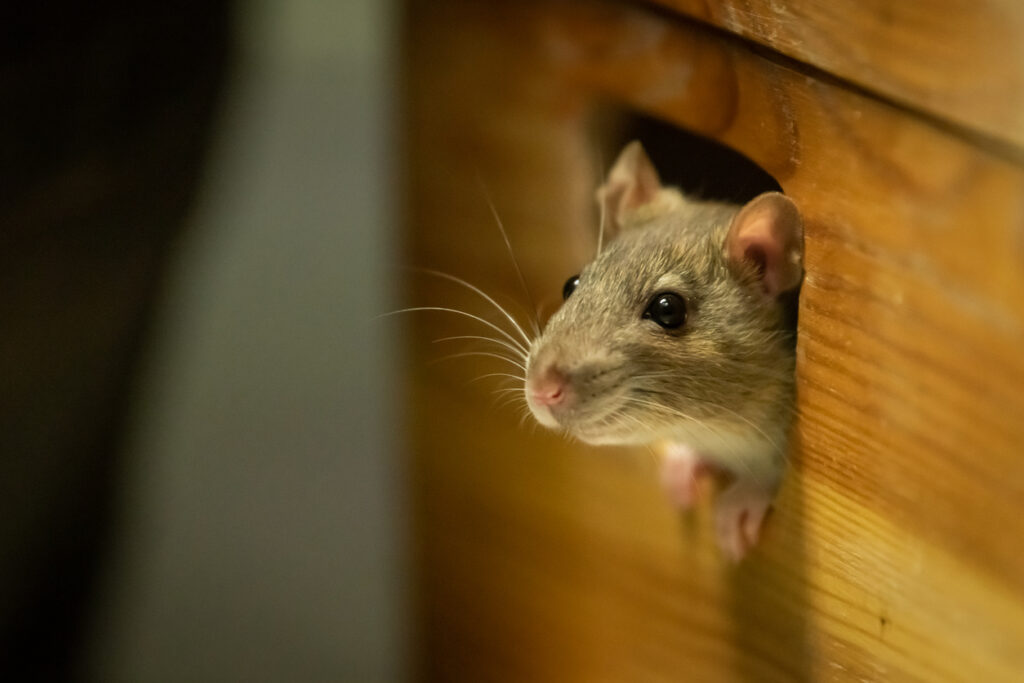From dreaming dogs to chatty mice and blinking cats, these bizarre animal behaviors are smarter (and stranger) than you think.

Your pet isn’t just cute—they’re living a complex secret life right under your nose. They dream, scheme, communicate, and even manipulate the world in ways we’re just beginning to understand. Whether it’s a twitchy nap, a subtle tail flick, or a sonic song you can’t even hear, these everyday behaviors hide surprising layers of instinct, emotion, and brainpower. Ready to see your furry (or feathered) friend in a whole new light?
1. Your Pet Dreams (And Possibly About You)

You thought that twitching paw was just a spasm? Think again. Dogs and cats experience REM sleep just like humans, which means they dream—and likely about things they know: you, their favorite toy, the doorbell. Research shows that disrupted sleep affects their mood and energy the next day. So if your pup’s grumpy or your cat seems off, they might just be sleep-deprived. Yes, your pet has a dream life—and it’s probably starring you.
2. Dogs Don’t Just Wait—They Time Your Return

Your dog doesn’t stare at the door all day. They know when you’re due back. Studies suggest dogs can use scent decay to gauge time passing. As your scent fades throughout the day, their anticipation builds. They may even sync their sleep cycles to yours—some waiting quietly, others howling like the world’s ending. Either way, they’re not just loyal. They’re time-keeping emotional geniuses.
Dogs Wag to the Right When They’re Happy

A wagging tail isn’t just a sign of joy, it’s a language on its own. Dogs use tail movements to communicate emotions and intentions. When they wag high and fast, excitement fills the air; when it is slow and low, caution takes over. Fascinating research revealed that dogs actually wag their tails more to the right when they’re happy and more to the left when they’re anxious. Even more surprising, other dogs can detect this directional difference. In experiments, dogs shown videos of left-wagging tails had faster heartbeats and displayed stress behaviors, while right-wagging tails produced calmer responses. Researchers believe this asymmetry in tail wagging reflects different emotional processing in the brain. This secret form of expression helps them navigate interactions with humans and other animals alike, creating a sophisticated communication system we’re only beginning to decode.
Cats Blink Slowly to Say “I Love You”

The slow blink of a cat is its way of saying “I trust you.” It’s a subtle yet profound gesture that speaks volumes about their bond with you. Scientific research has confirmed what many cat lovers have long suspected, a gesture to genuinely reflect positive emotions. A recent study published findings that cats only shut their eyes when they feel completely safe, making the slow blink a powerful indication of trust. Researchers tested this with 21 cats in their home environments, teaching owners specific slow-blinking techniques and using statistical analysis to confirm that cats were indeed blinking back and experiencing positive emotions during these exchanges. This explains why cats often stare vigilantly. As both predators and prey, they remain on high alert unless they feel entirely secure. When they blink at you softly, they’re sharing a secret exchange of calm connection.
Your Dog’s Nose Can Read the Room

For dogs, every sniff is a story waiting to be told. They rely on scent trails to gather information about other animals or humans who have passed by. Urine markings also act as diaries left by fellow canines, revealing details like size, gender, and even mood. Studies have shown that dogs possess approximately 300 million olfactory receptors in their noses, compared to only about 6 million in humans. This extraordinary difference means they experience the world in a rich layer of scents we can barely comprehend. Researchers have also documented that dogs can detect odors in parts per trillion, that’s like noticing a single drop of liquid in 20 Olympic-sized swimming pools. Even more remarkably, they’ve been observed to remember and recognize scents from years past, suggesting they maintain a sort of “olfactory memory” from experiences through smell. It’s an invisible world of communication that unfolds right under our noses.
Catnip Isn’t Just Fun—It’s Genetic Brain Chemistry

Catnip turns your feline friend into a playful explorer of their own imagination. The herb triggers what is called a “sensory overload”, creating a blissful carefree moments. But this isn’t just random chaos, it is closely tied to their genetics and instincts. Research reveals that approximately 70-80% of adult cats respond to catnip due to an inherited “autosomal dominant trait”, meaning kittens under eight weeks old rarely show a reaction. Scientifically, catnip contains “nepetalactone” an active compound that binds to receptors in cats nasal tissue, stimulating sensory neurons that lead to the brain regions, controlling emotional and behavioral responses. Scientists have also observed that these catnip sessions typically follow a predictable pattern of sniffing, licking and chewing, head shaking, chin and cheek rubbing, and finally rolling and body rubbing. This sequence also mimics behaviors seen during feline courtship, suggesting that catnip might trigger reproductive behaviors.
Birds Don’t Just Sing—They Perform

Canaries and other birds have melodies we rarely notice, these are songs meant for mates or offspring and carry emotions we can only guess. Ornithologists have discovered that birds possess a specialized vocal organ called the “syrinx”, allowing them to produce multiple notes simultaneously and even sing duets with themselves. Their songs serve complex purposes beyond what meets the ear. These songs are used to establish territories, attract mates, and maintain social bonds within flocks. Some species, like the European starling, can incorporate up to 20 different song types and even mimic human speech patterns or environmental sounds. Most fascinating is how these songs are learned rather than innate. Young birds go through a babbling phase similar to human babies before mastering their species’ characteristic tunes. These tunes create secret bonds that stretch beyond human’s presence.
Mice Speak in Hidden Frequencies

Mice might seem quiet to us, but they’re actually chatting away in frequencies we can’t hear. This is because their ultrasonic songs are intricate expressions meant for communication within their tiny communities. Groundbreaking research revealed that mice produce ‘complex ultrasonic vocalizations between 30 and 110 kHz’, far above human hearing range around 20 kHz. Mice language aren’t simple squeaks but organized patterns that change based on social context. For instance, male mice sing different “songs” when courting females versus when establishing dominance with other males. Using specialized recording equipment, scientists have documented up to 60 distinct syllable types, organized into phrases and motifs that follow specific syntactic rules. Even more surprisingly, these vocalizations trigger responses in the brains of listening mice, suggesting that they understand what is being played. These secret symphonies reveal an unseen layer of life beneath the human perception.
Goldfish Can Remember—and Even Learn Tricks

Turns out, the animals we live with aren’t just companions—they’re quiet masterminds of memory, emotion, and instinct. Whether they’re dreaming, communicating, or just waiting for dinner, there’s always more going on than meets the eye. Give them a little extra credit today. They’ve earned it.
This story 10-fascinating-secrets-about-your-pet-revealed-by-science first appeared on Daily Fetch.


